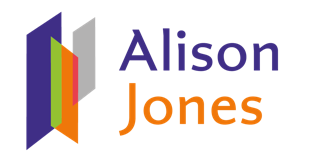“Print sales soar while ebook sales decline”
That’s pretty much the headlines in the traditional press at the moment, following the release of a Publishers Association report showing that print book sales increased by 8% year on year, to their highest level since 2012, while consumer ebooks fell 3%.
Well, that’s certainly part of the story. The trade publishers who report sales to the PA are doing well with print, not so much with ebooks.
But as the report makes clear, it’s not the whole story. Consumer ebooks may be struggling, but digital revenues overall are up 6%, fuelled by digital audio and ebooks in the academic/professional space (ie ebooks for leaning in and using, rather than leaning back and consuming). And if you’re imagining that we’re all returning to reading novels in print think again: fiction sales in print have declined 7%, it’s children’s books and nonfiction that are driving the increase in print book sales.
And what’s not quite so clear from the report – because how could it be? – is that there’s a massive chunk missing from this data: ebooks sold by indie authors on Amazon. The size of that market is anyone’s guess, but there’s general agreement that it’s big and it’s growing. So what you don’t see anywhere in this report is the massive increase in democratised digital content creation and consumption on platforms like Amazon (by far the biggest books channel in the UK) or other sites like Wattpad.
I’m delighted, obviously, that non-fiction print sales are going strong, but I just don’t believe that digital reading is falling off in the way this report suggests. It’s just migrating where it can’t be measured by our traditional methods.
